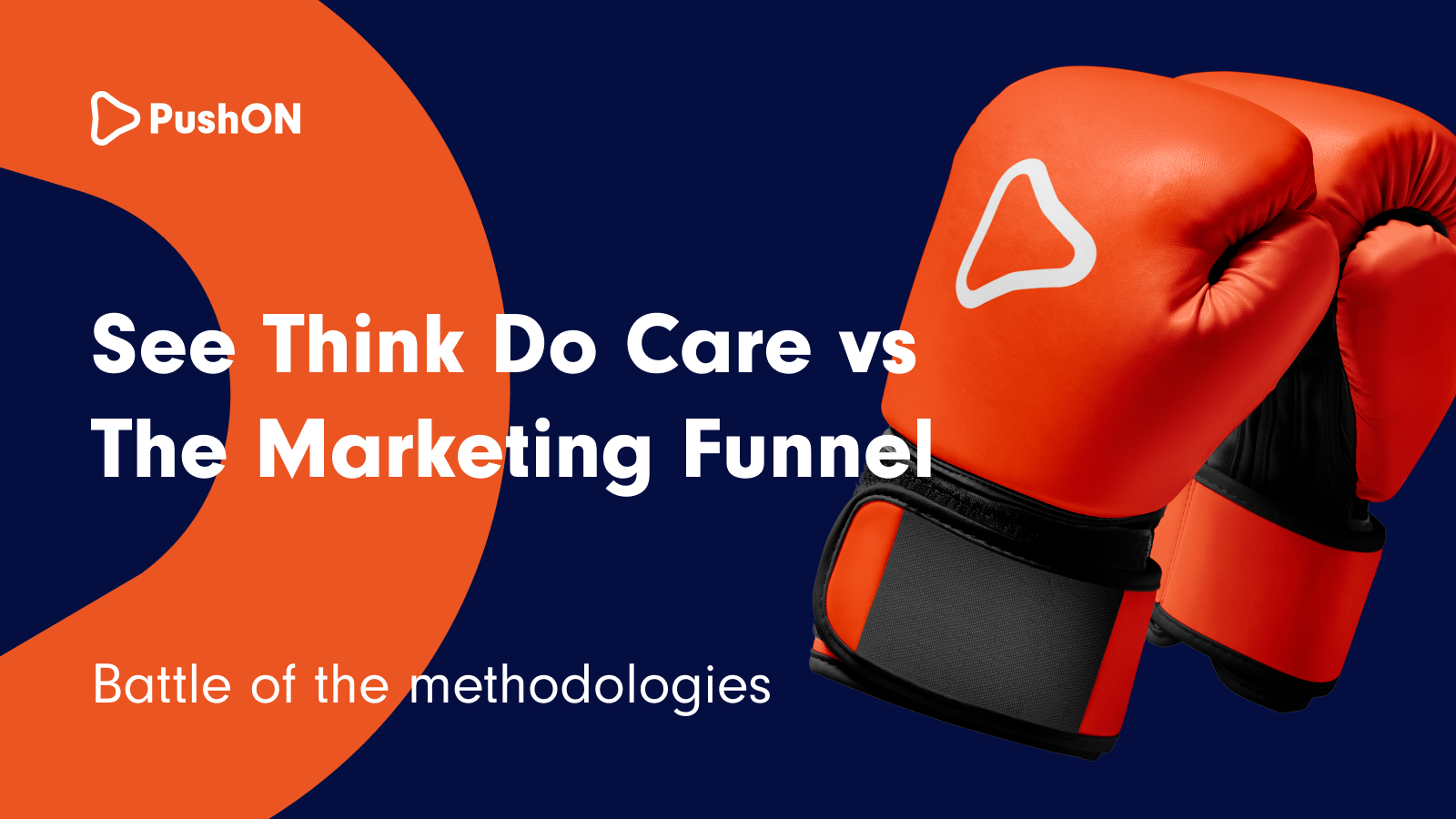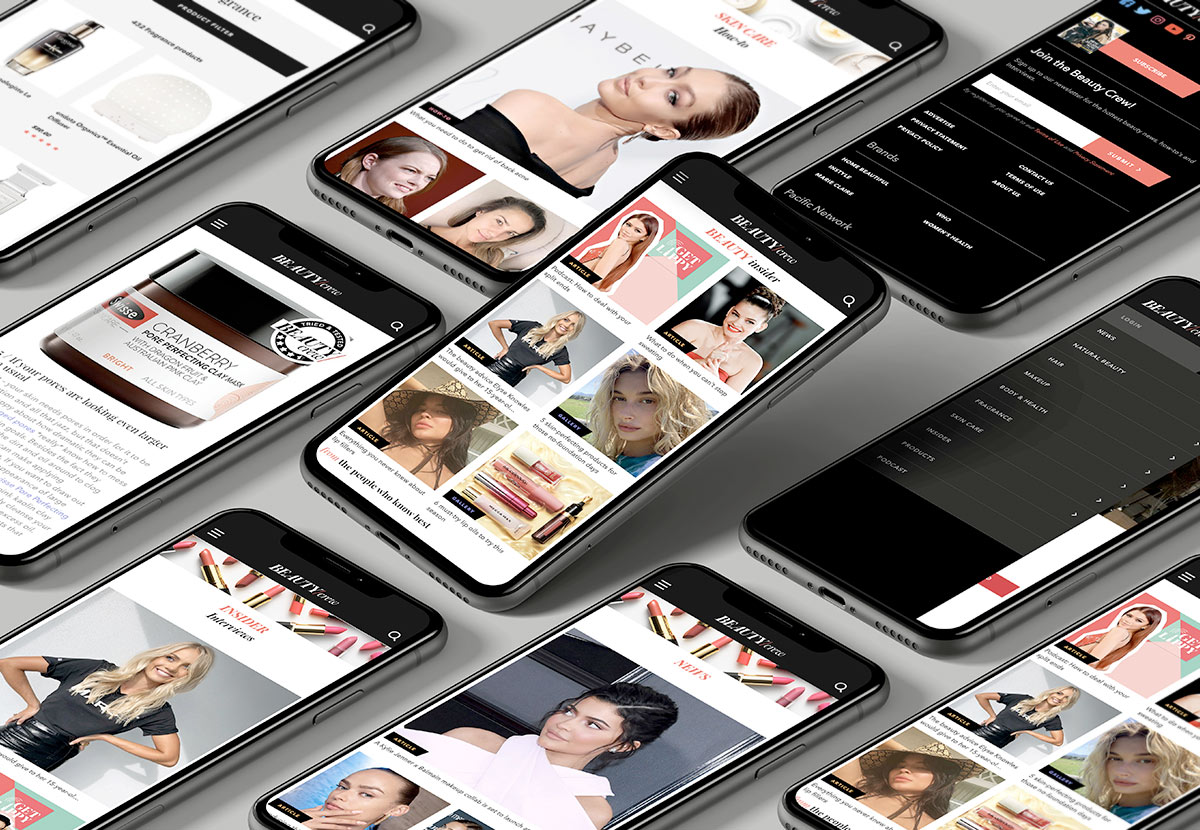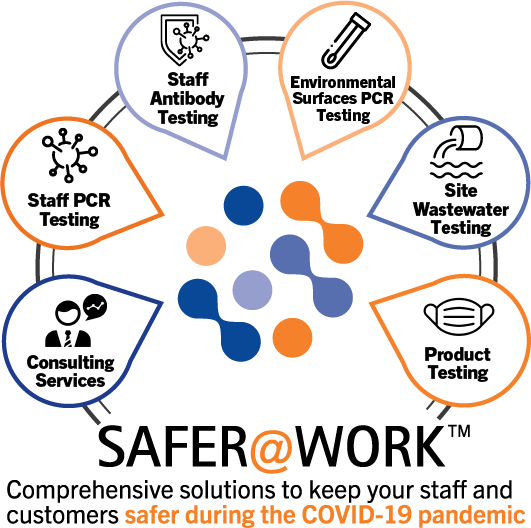
It may be a new age of digital consumerism, but many marketers continue to use the same old methodologies from before the time of digital customer journey mapping and analysis – but are these methodologies still fit for purpose? Nowadays, consumers have much more control throughout the buyer journey than they used to, so which marketing framework should we be using to build a winning strategy?
On one hand we have the marketing funnel, a tried-and-tested methodology used by marketers across the world. On the other hand, we have See Think Do Care, a framework created by Avinash Kaushik that is driven by customer data. The marketing funnel is undoubtedly a methodology with proven results, but as consumer habits have changed, so should the strategies used to engage with them. Here we detail the subtle, yet profound differences between the two different marketing strategies.
The Marketing Funnel
The marketing funnel has been in play since 1898. Invented by E St Elmo, the methodology is acknowledged as the first formal theory of marketing and has been an integral tool for marketers the world over for more than a century.
The marketing funnel focuses on one customer journey, guiding the consumer down the buyer funnel until they eventually come out of the bottom having purchased from the brand. However, despite it being a reliable method, the funnel methodology was designed when there was less data available at our fingertips – data that gives us better understanding of the complexities of consumer behaviour.
In the past, there were fewer routes to market. Except for having customers physically walk into your store, or splashing out on TV advertising, it was difficult to engage with consumers. There was less competition because the consumer relied on locality, the best deal on the high street, and there were fewer opportunities to engage with a consumer. Now, thanks to the web, consumers have the convenience of being able to research products quickly and easily. The user journey is longer, with more consideration and various touchpoints, but it also gives brands the opportunity to engage with their target audience at different stages of the buyer journey.
How does the marketing funnel work?
Send Pulse provide a perfect example of the marketing funnel adapted for the new age, applied by well-known make-up brand NYX.
- The journey begins and the consumer enters the top of the funnel when they engage with the brand and land on the brands Pinterest Page, interest.

The consumer will be served with adverts pushing a specific product with relevant imagery and a brief description containing several links to the NYX website, moving the customer down into the next stage of the funnel, consideration.
- Once the consumer clicks on the promotional post, they are redirected to a specific section of the website, dedicated to this particular product. They are given a selection of different options to choose from, which meet their needs, leading them into the intent and evaluation stage of the funnel.
- Finally, a consumer can purchase the product in just two clicks, bringing them to the end of the marketing funnel.
This is without a doubt a great strategy that will provide ROI. However, this strategy does not cater to the complexities of the new age of digital consumers. This is where the See Think Do Care methodology comes out on top.
See Think Do Care: a methodology for a new age
You can learn more about STDC and its application in our blog however, to give you a brief overview:
Modern technology and the proliferation of media – including the internet – has provided an opportunity to engage and communicate with customers at every stage of the buyer process. STDC acknowledges that a consumer isn’t always going to transact the first time that they engage with your brand. Therefore, the methodology supports a multi-channel marketing strategy that re-engages consumers. Using data to analyse the digital customer journey, STDC allows you to cater to their individual needs and serve the consumer with all the information they need, depending on where they are in the buyer funnel.
See:
Using data to understand your consumer behaviour, enabling you to identify the traits, habits and hobbies of your largest addressable qualified audience. These people aren’t looking to purchase right now, but they will be interested in what you offer. Therefore, you want to direct your efforts at these people, so that when they have a requirement for your products or services, you’re at the forefront of their minds.
Think:
These people have some commercial intent but are still doing research to find the best brand, product or service for their needs. Using data and keyword research, you can pinpoint the information that these people are seeking. By catering to this need, answering their questions with relevant content and information, you are encouraging the consumer to engage with you again.
Do:
Now our consumers have loads of intent, they know what they want. The final decision is likely down to price, availability, delivery options, brand values and service reviews.
Care:
These people are your existing customers who have purchased from you on multiple occasions. Your objective is to build brand loyalty and ensure that they come back to you time and time again.
Analytics tools give you the power to know exactly where your consumers are in their journey, enabling you to predict their next step.
So, where does this leave the marketing funnel?
What the marketing funnel doesn’t take into consideration is the consumer dropping off the paved path. This image by Marketoonist captures the visual pretty well.

The marketing funnel was created at a time when it would have been impossible to identify and engage with your consumer before they even know that they need your services. Yet now, not only can we offer better experiences for our customers, but we can also obtain a clear view of attribution and success leading to better overall ROI. There is still a place for the marketing funnel, but this needs to expanded upon and incorporated into a methodology such as STDC.
PushON applies the See Think Do Care methodology to all of our campaigns with great success – just ask Silver Cross. To learn more about how we can shake up and transform your marketing strategy, contact our team today.









